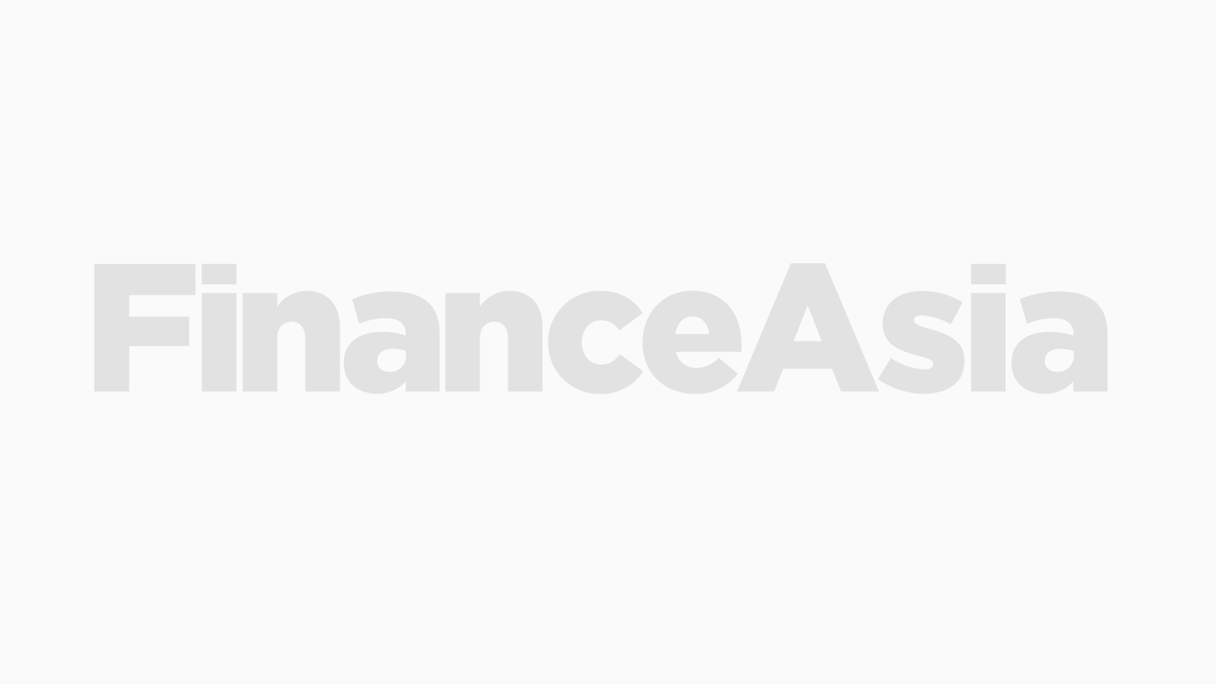Phu My 3 BOT Company Limited (Phu My 3) signed core financing documents recently (June 2003) and will shortly achieve first drawdown. The Phu My 3 Power Project (the Project) is not the first BOT project to be structured on a limited recourse basis in Vietnam (it was preceded by the Thu Duc Water Project, although that project is now not proceeding for commercial reasons, and the Phu My 2-2 power project: both projects on which Freshfields Bruckhaus Deringer worked).



